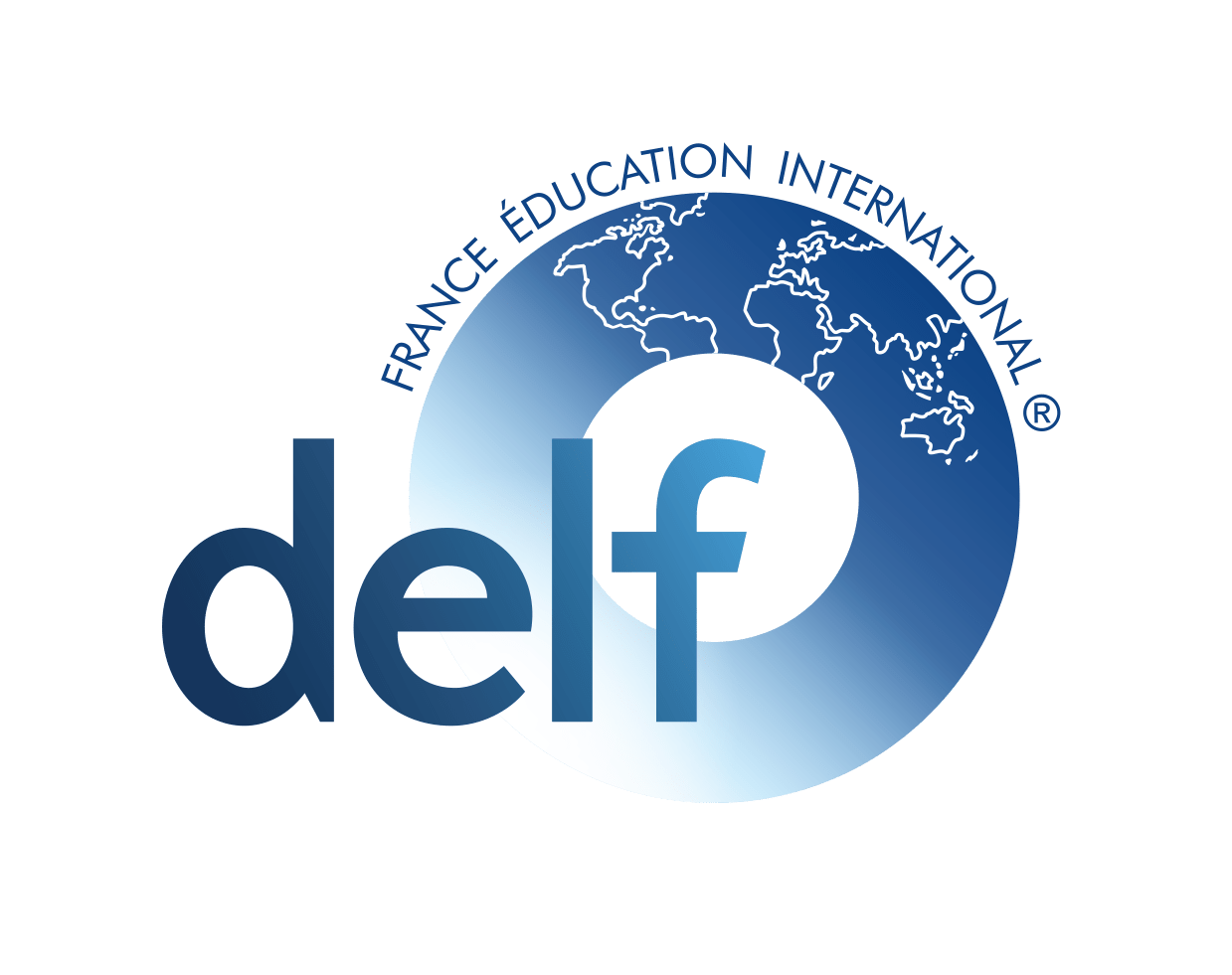The many facets of a portrait
This course in the fourth year of ESO, we have worked in depth on the portrait as a pictorial genre.
We started working on the portrait in the second year of ESO, but it is this year when we entered in depth, observing and understanding the structure of the skull, proportions and facial features that make up the head. We take as a starting point the use of simple geometric shapes, including in the image a central axis of symmetry that indicates where the head is looking, and providing the space created.
Once the basic structure is done, we add facial features.
After this first approach to the human face, and previous drawing as a sketch, we went on to focus on facial expressions, on the parts of the face that are modified especially when it comes to showing emotions and making gestures.
Using a series of photographs in which a model was depicted performing a variety of gestures, the students began the drawings.
To begin, they had to draw a face with a neutral expression, keeping the proportions of the model, paying attention to the lines that made up her face to maintain the resemblance, and from there, choose two other images in which the facial features moved from one in an exaggerated way, in order to compare and understand how facial muscles work and how these movements generate various facial expressions linked to emotions.
The volumes were worked through the resolution of lights and shadows using a graphite pencil, and this practice of adding tonal values to the drawing was part of the learning process. And so they completed the first three portraits.
But we went further, and after so much work, the students had already acquired certain security and mastery in portrait drawing techniques. So from a series of previously selected photographs of public figures, they chose one to make a portrait, this time going beyond realistic color, and creating an image inspired by Pop Art.
After a theoretical introduction on the subject, the historical period in which it took place, the main artists who represented it, and an analysis of how color played a leading role in these works for specific reasons, the students began their portraits.
The technique they could use to apply the color was free, as long as the color was applied with the correct intensity and intention.
To do this, they had at their disposal watercolor, tempera, crayons, colored pencils and markers. The mixed technique, that is, the combination of two or more techniques in the same drawing, was the best option for an optimal result, but they were free to choose the technique that they considered would work best for them.
The main objective of this learning proposal was the consolidation of the knowledge of the portrait as a pictorial genre, and the understanding, in depth, of the importance of color as an expressive resource, which must be used with a specific objective and intention to achieve a specific effect. .
And after a long process of work and effort together with the enjoyment and investigation of techniques, the results were impressive. Both for the resemblance achieved in the portraits, and for the use of colour as an expressive resource and leaving the parameters of realism.
But our immersion in the world of portraiture does not end here. We close the process by understanding and learning what a caricature is, how it can be drawn and with what intention, and of course, the best way to achieve this, once the caricature concept is understood, is by drawing.
This time the model could be a public figure, or a classmate.
The results are a sample of how learning is finally achieved and consolidated when there is perseverance in the work, when time, desire and effort are dedicated, aspects that manage to deepen and achieve a certain degree of confidence and mastery of a specific subject.
Beatriz Dapena Testa.
Plastic and Visual Arts Teacher of ESO and Baccalaureate.
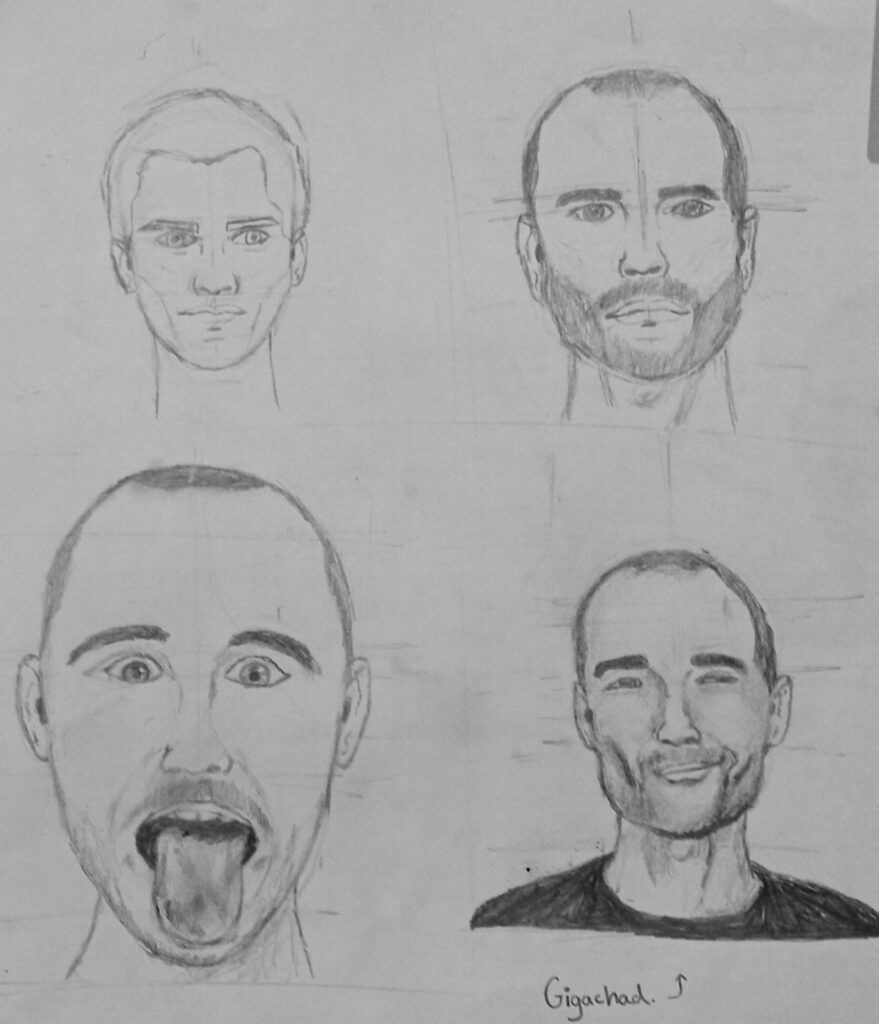

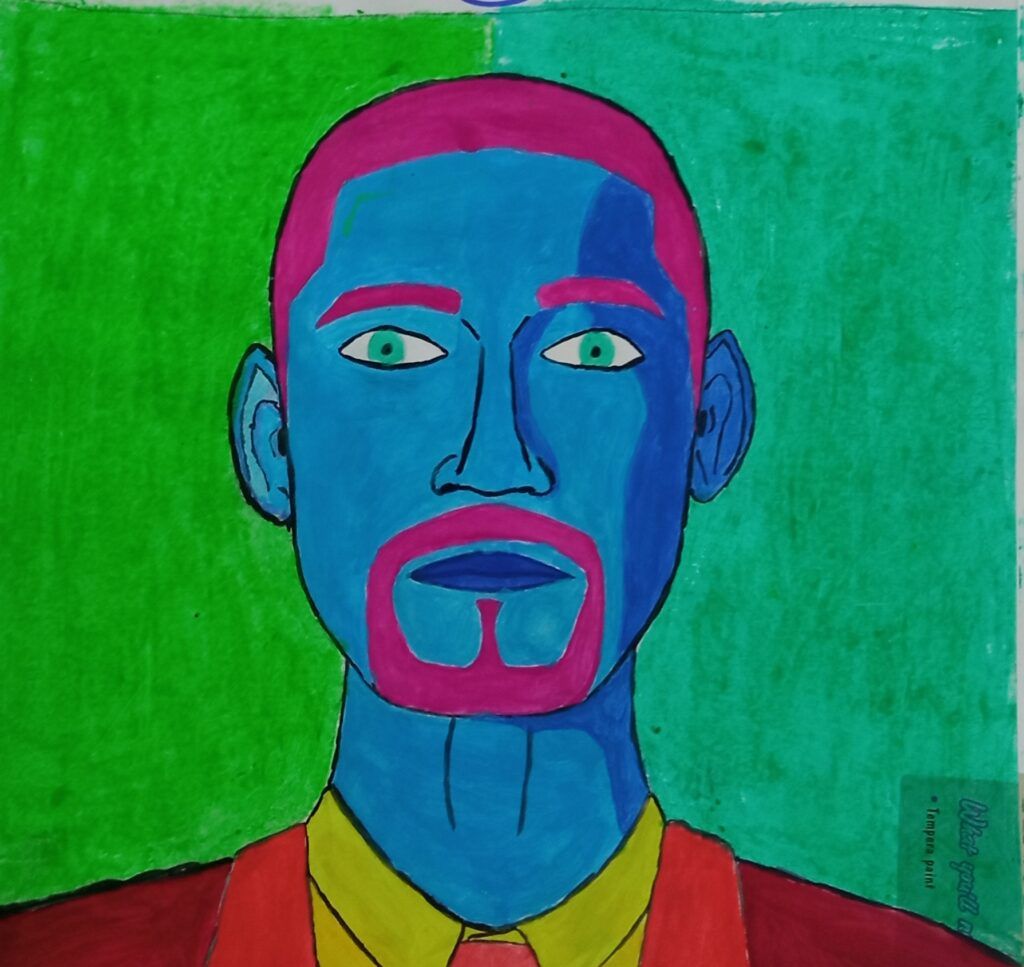
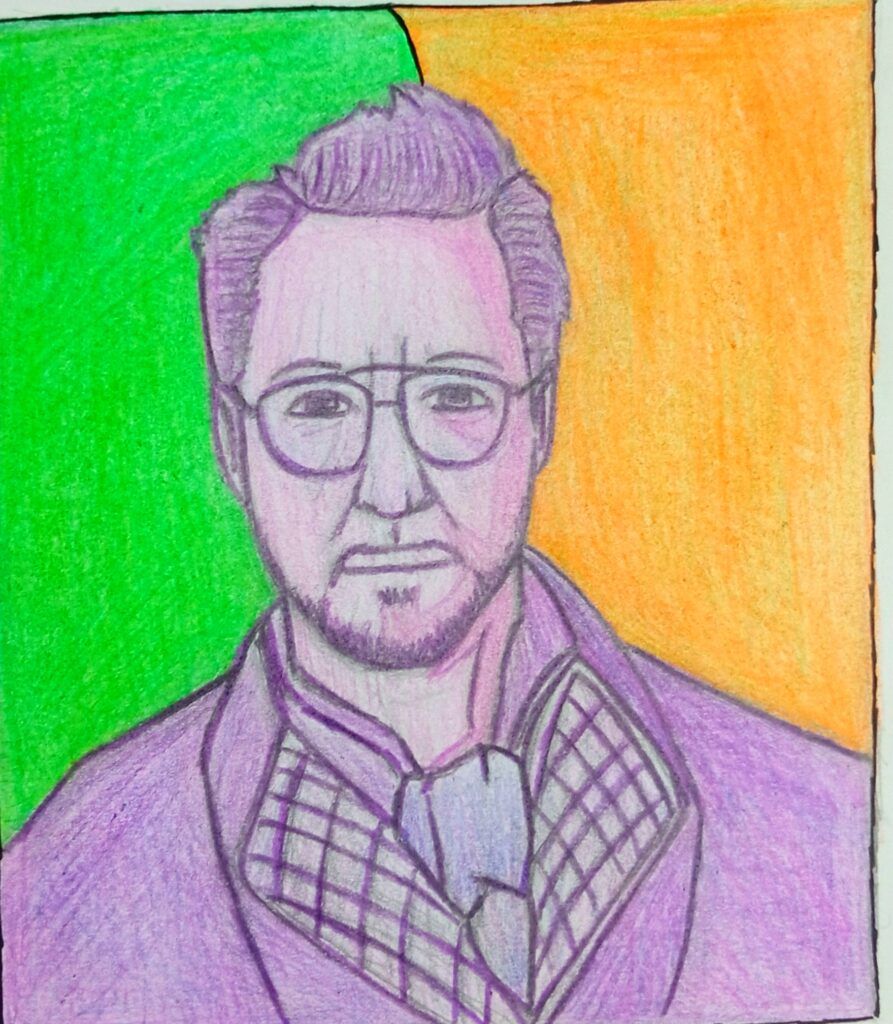
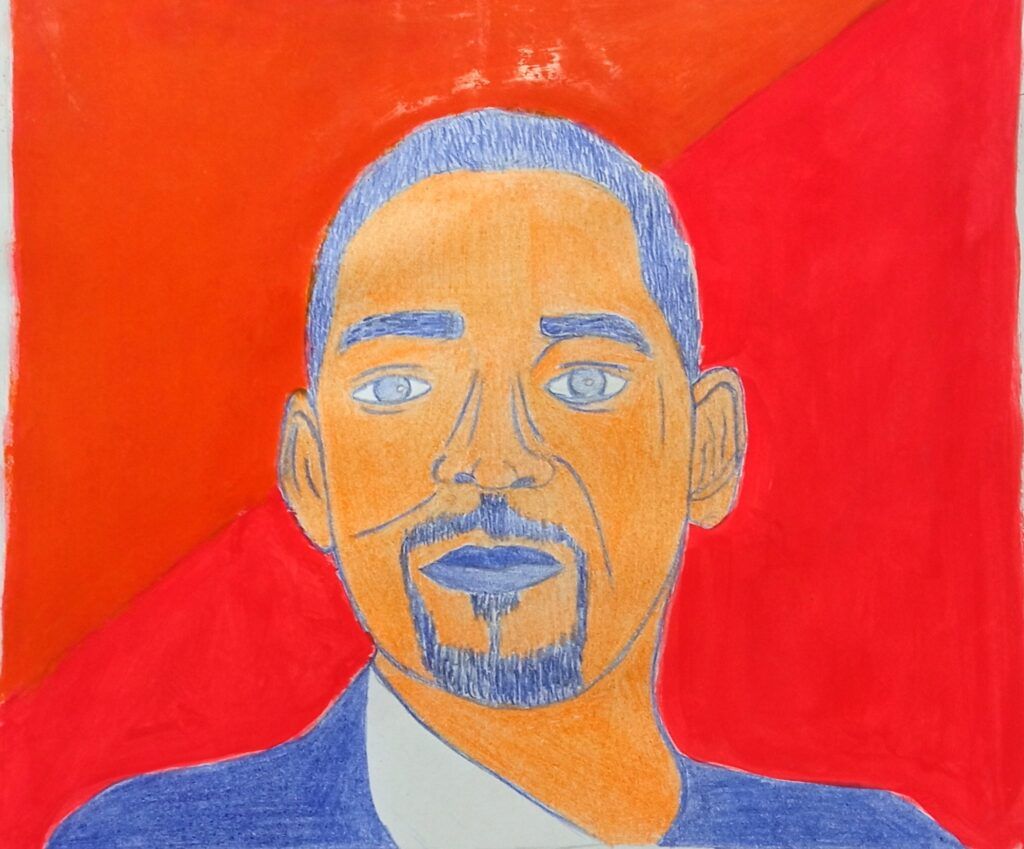
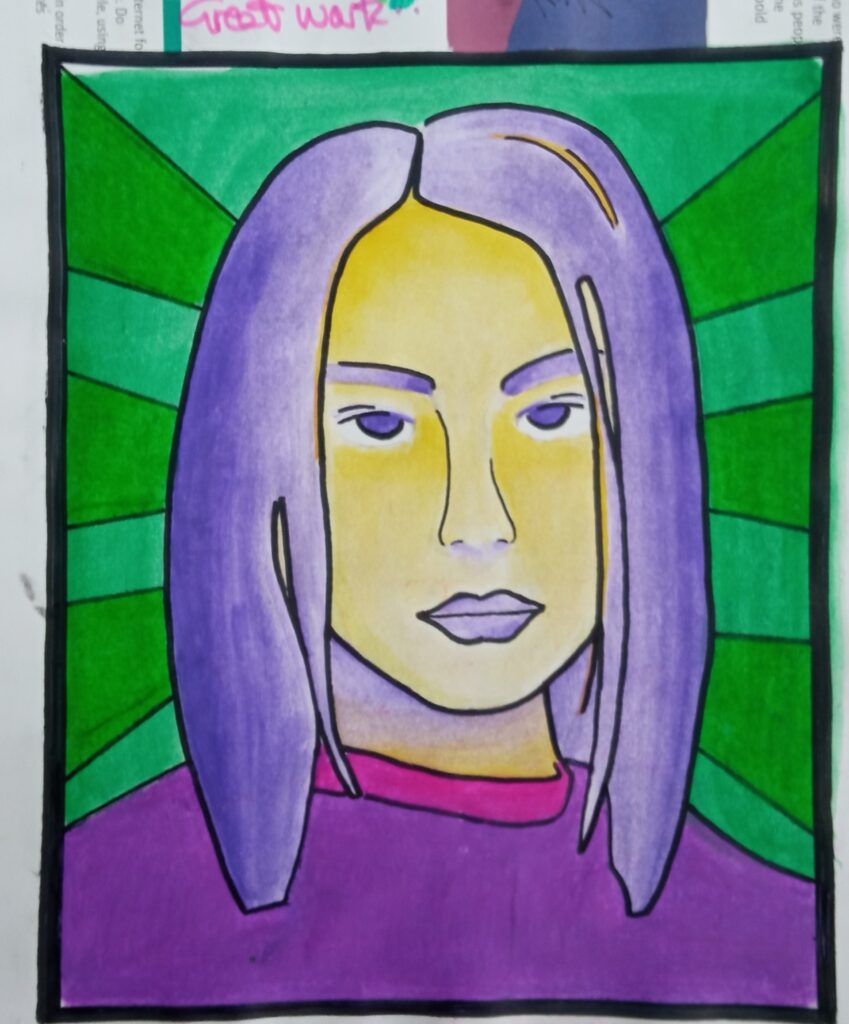

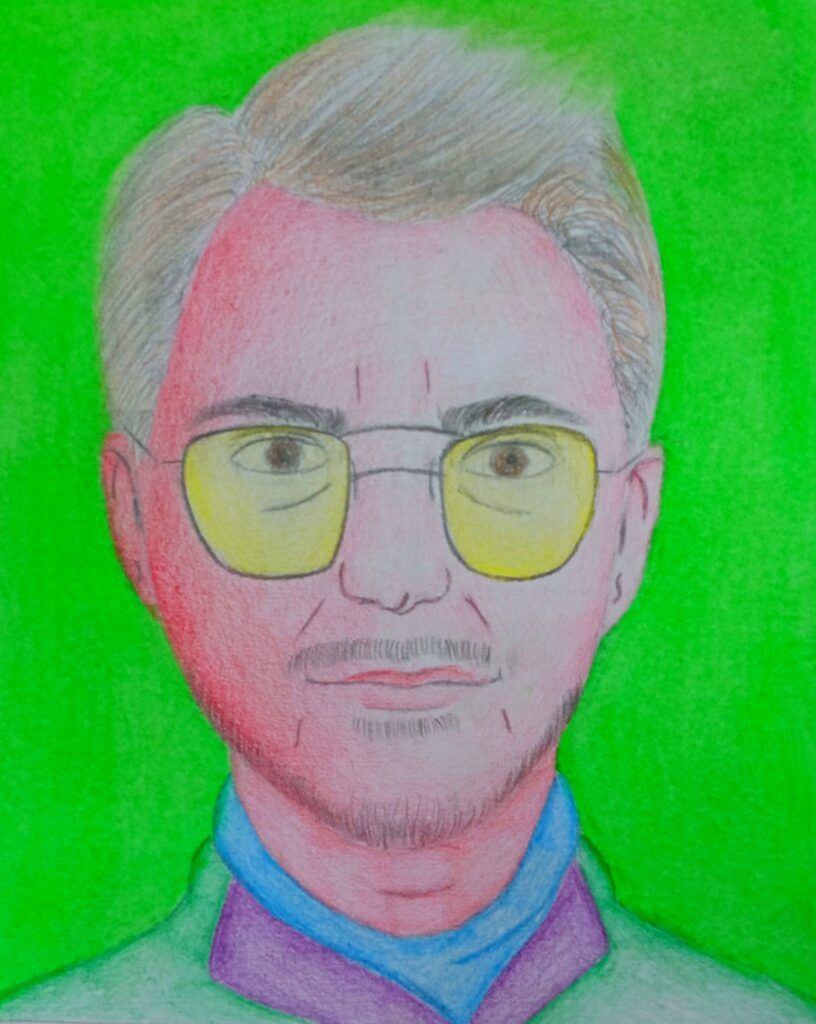

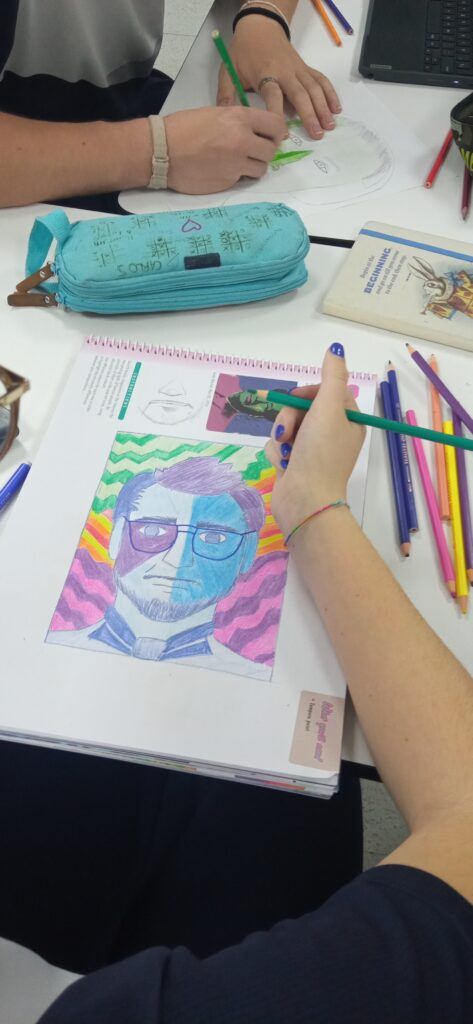
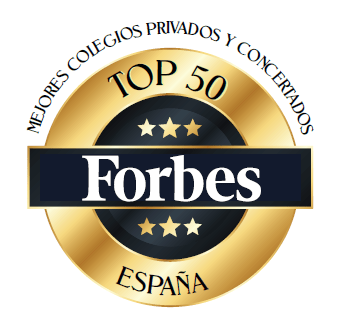





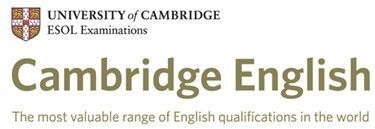


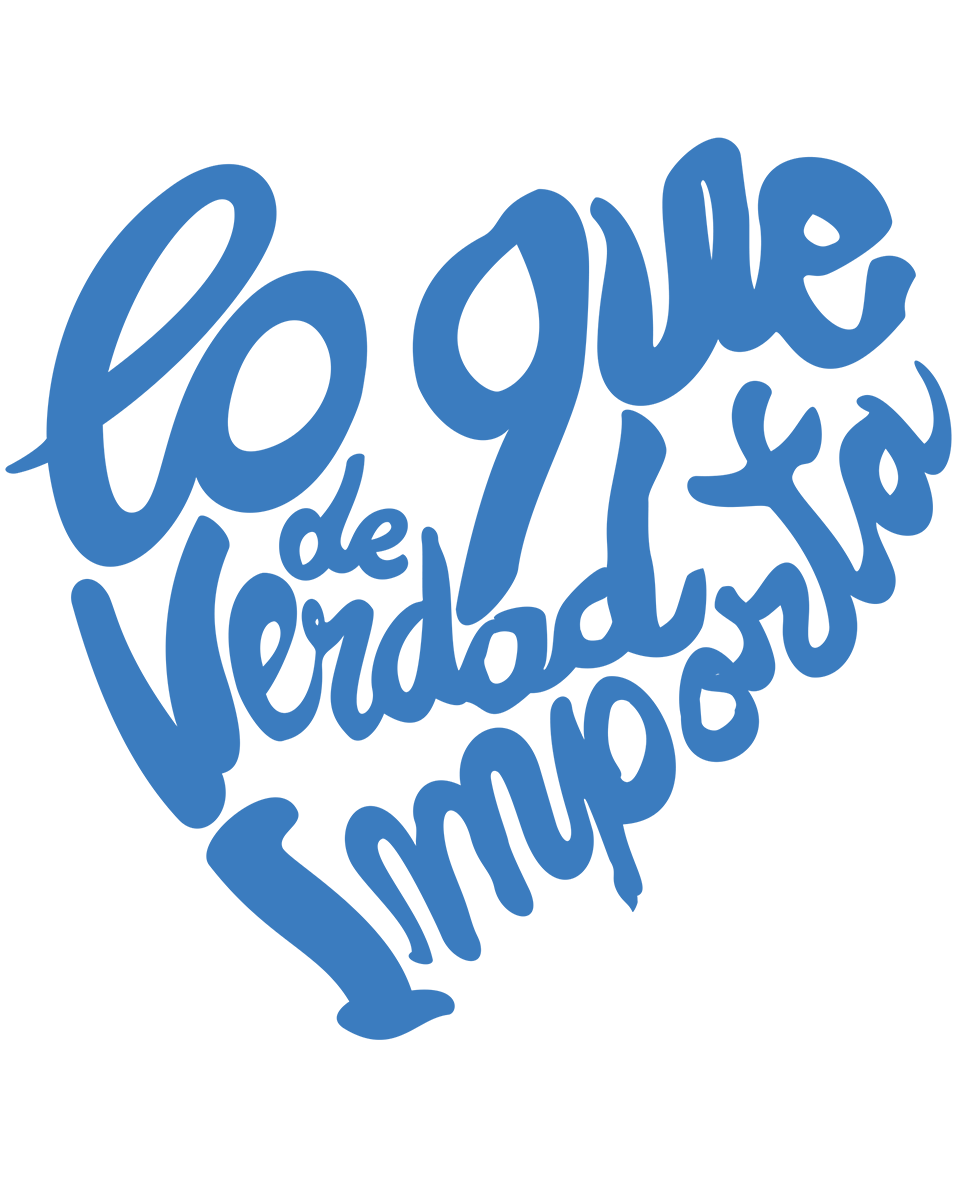
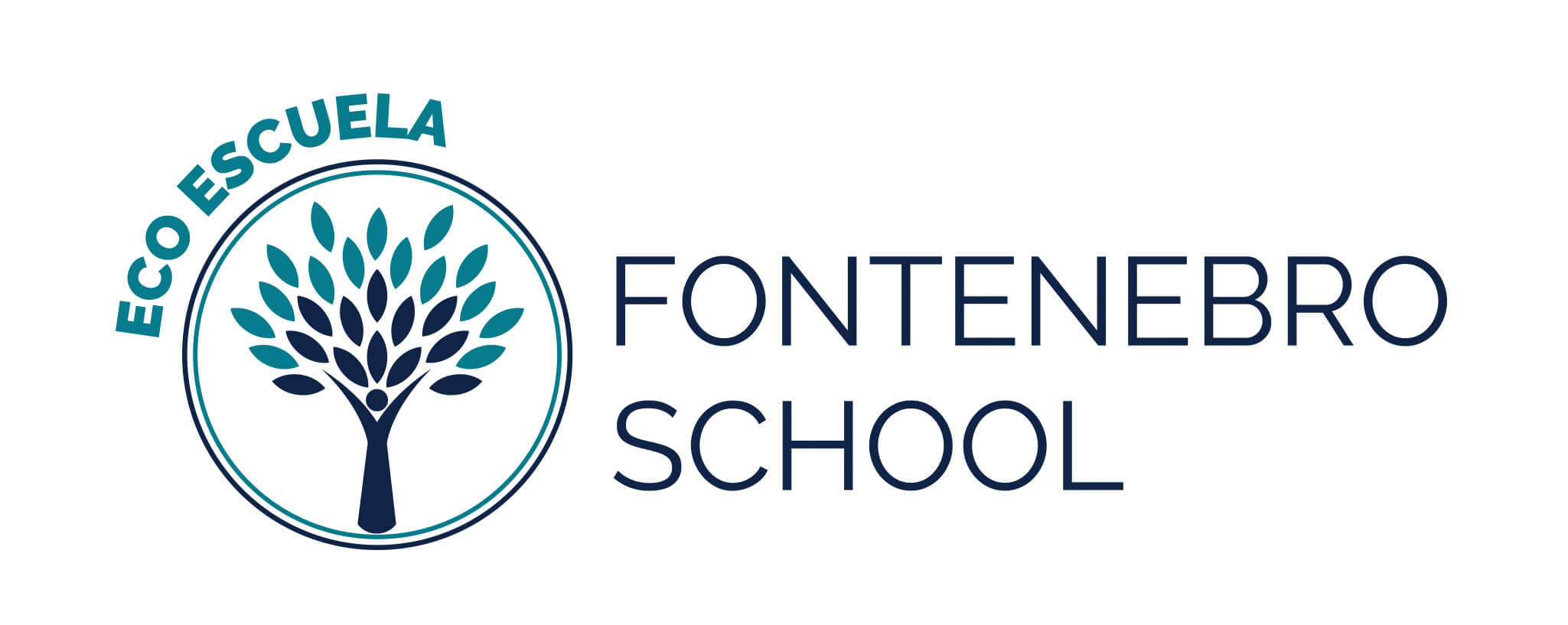
![BAPParentLogo[5]](https://fontenebroschool.com/wp-content/uploads/2020/09/BAPParentLogo5.png)
